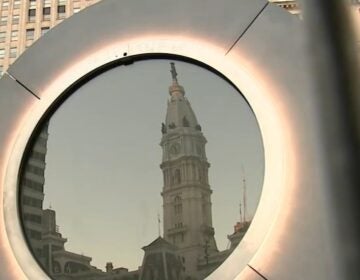How a photographer with Parkinson’s disease made a 2020 love letter to Philadelphia
Photographer Ed Hille’s new book In Plain Sight: Public Art in Philadelphia is a love letter to the city, showcasing its beauty.
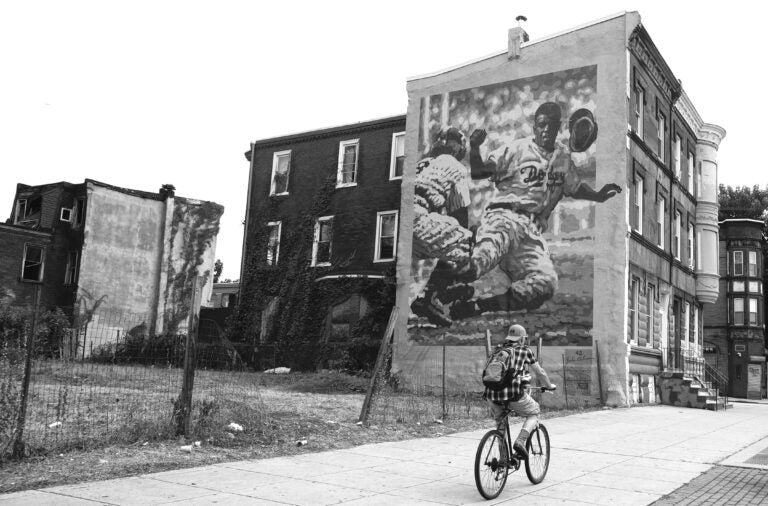
The mural honoring Jackie Robinson by David McShane sits at 2803 North Broad Street and it’s a special piece to the neighborhood. (Ed Hille/In Plain Sight: Public Art in Philadelphia)
For many of us, this has been a year like no other.
Between the pandemic, the economic meltdown, business and school closures, and the deep political division roiling the country, it is hard to appreciate the many positive things in our lives.
For me, the challenges of 2020 have hit at a moment that was already hard. Four years ago, my doctors diagnosed me with Parkinson’s disease. The following year, I retired from a job I loved after four decades as a photojournalist. But rather than slow down, quit or get angry, I adopted the mantra of Muhammad Ali, who also suffered from Parkinson’s: “Don’t count the days, make the days count.”
To do so, I began taking pictures of the inspiring public art in and around Philadelphia. I soon found that the more you look, the more you find. Over time, the project morphed into a book titled In Plain Sight: Public Art in Philadelphia, that was published this month.
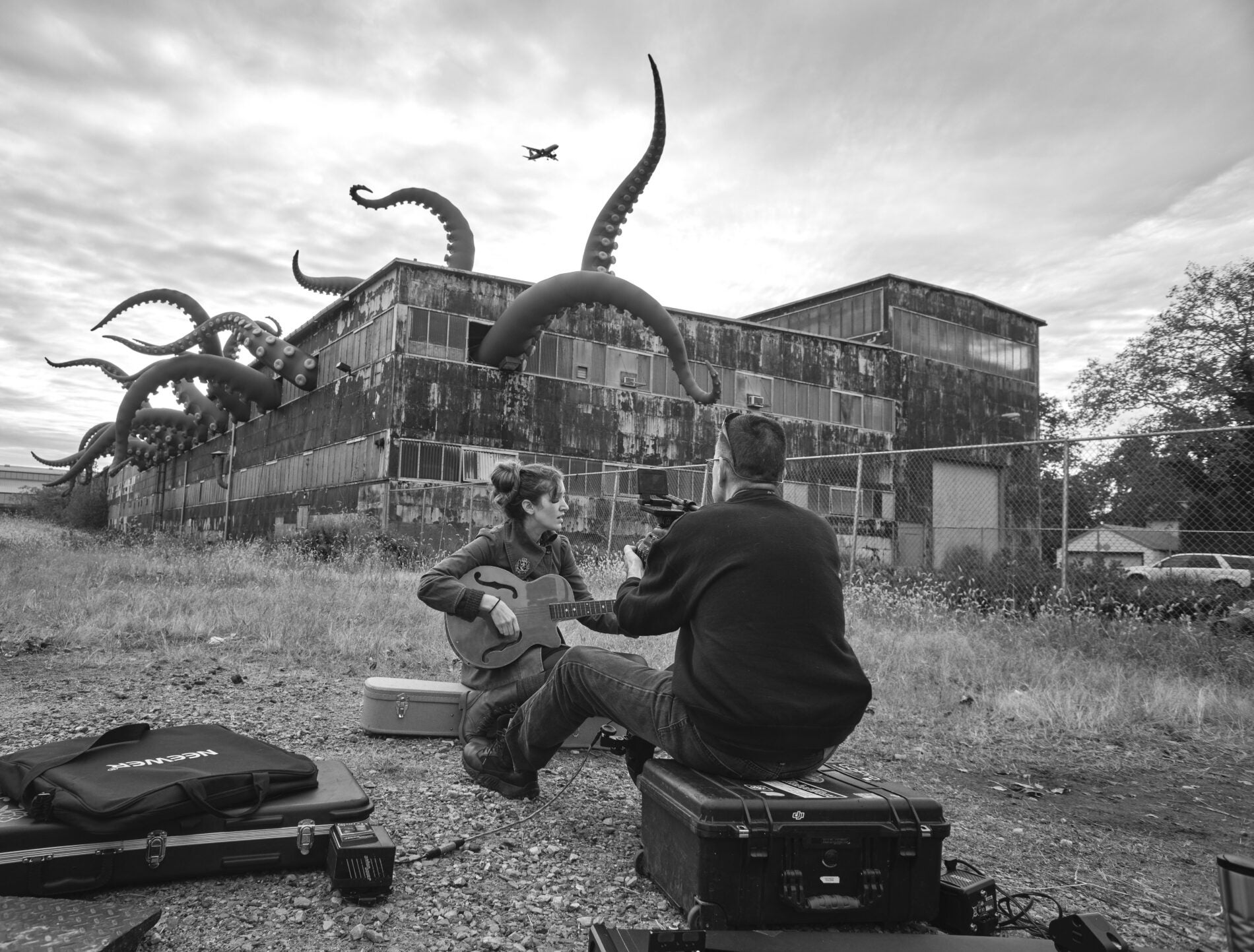
I hope the book will prompt people to take a moment and appreciate the many good things that surround us and make life interesting and rewarding. The beauty of public art is that it is for everyone. We are especially fortunate to live in a city with a rich history and dedication to public art. Philadelphia officials often say the city has the oldest and largest collection of public art in the country.
Of course, the city is defined by many iconic landmarks and works of art, such as Claes Oldenburg’s Clothespin, Robert Indiana’s Love sculpture, and the Liberty Bell. Many of us take these pieces of public art for granted, but tourists come from all over the country and world to see them.
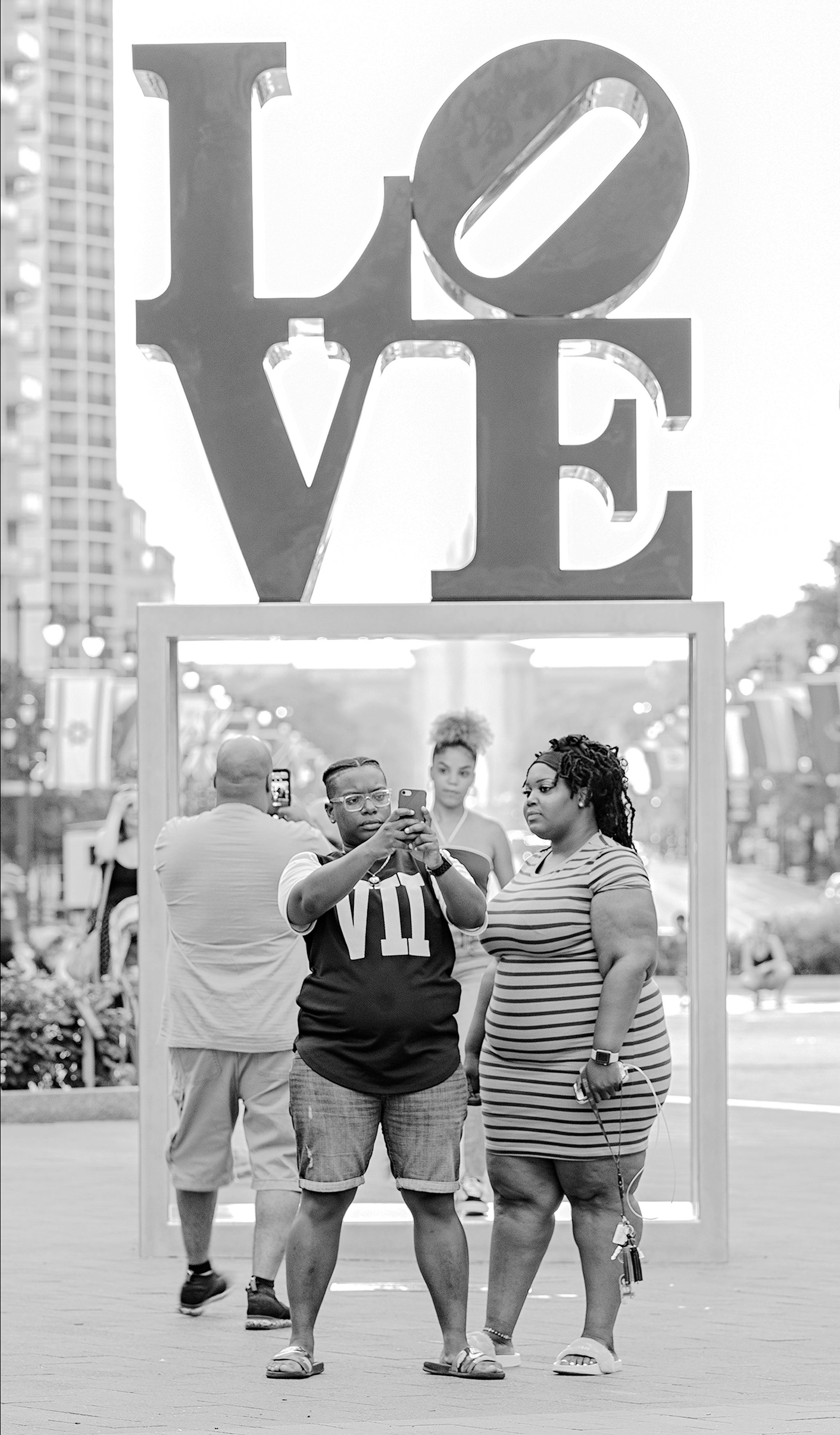
These works of art are woven into the fabric of Philadelphia and form the backdrop to everyday activities. The works are beautiful and powerful and help define our shared sense of place. Some newer monuments shine a light on the fuller reality of our history, such as the Octavius V. Catto Memorial and the President’s House. Some hide in plain sight, such as Mail Delivery: East, the art deco sculpture carved in granite on the wall of the Robert N.C. Nix Federal Building. Some just make us smile, such as the Rocky statue.
In addition to the statues and sculptures, Philadelphia is home to more than 3,000 murals – another form of public art. The painted walls are woven into our everyday life in the city but they also help define it and its many diverse neighborhoods. The mural of opera star Mario Lanza is South Philadelphia just like the mural of Jackie Robinson stealing home depicted feels like a part of North Broad Street.
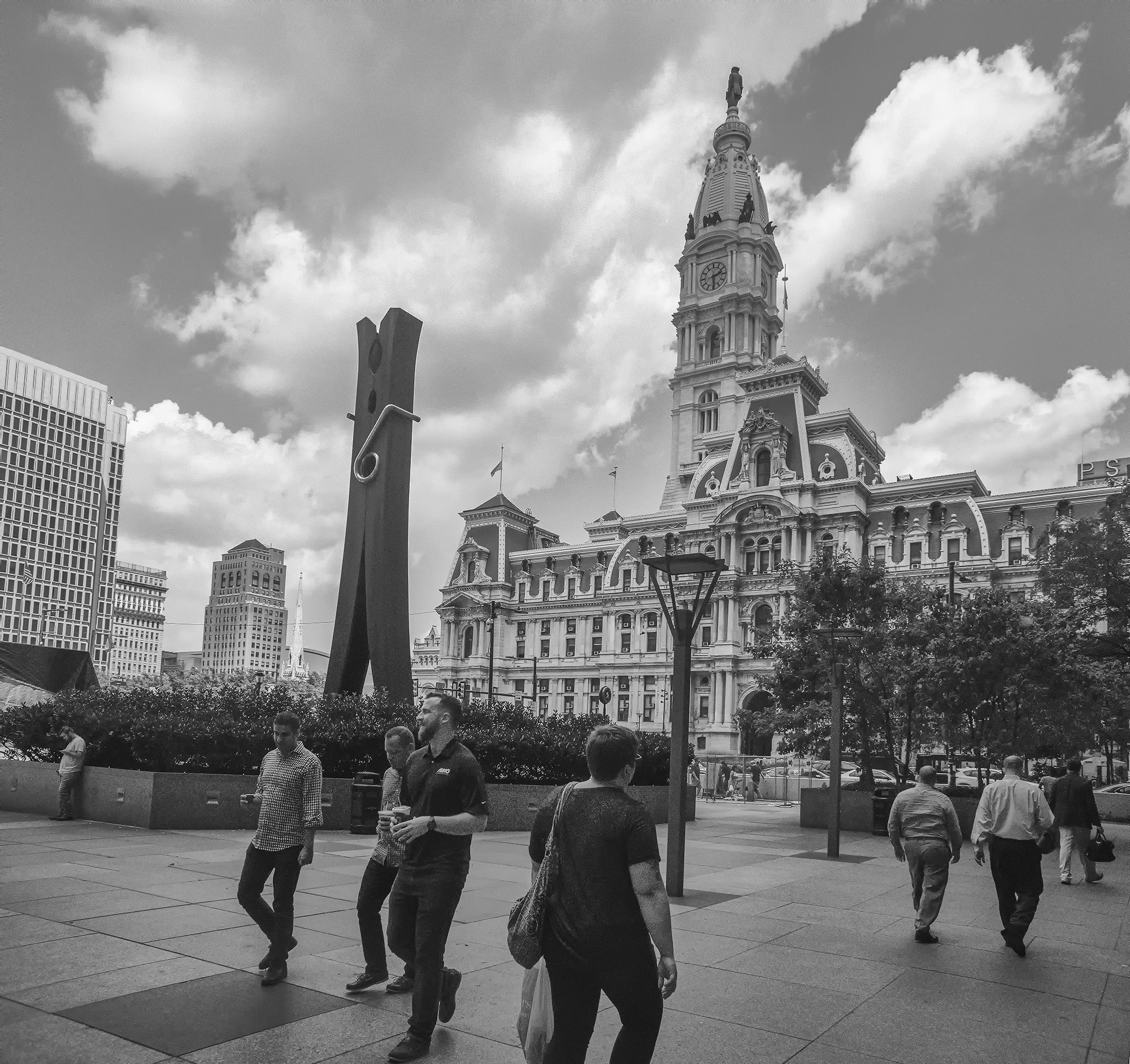
For me, each photograph in the book represents a moment in time when I was able to fulfill my purpose of helping people appreciate and see new angles of the city and the art that surrounds them. This book is not just about the art on display, but also about the many ways in which we experience the art. It’s a testament to a city that has committed significant resources to creating and preserving public art.
It’s also a love letter to the city.
It’s my honor to donate the proceeds of this book to Parkinson’s research. I hope that advances in understanding the disease will empower others to keep doing the work that matters to them. There is no cure for Parkinson’s, and we must do all we can to find one.
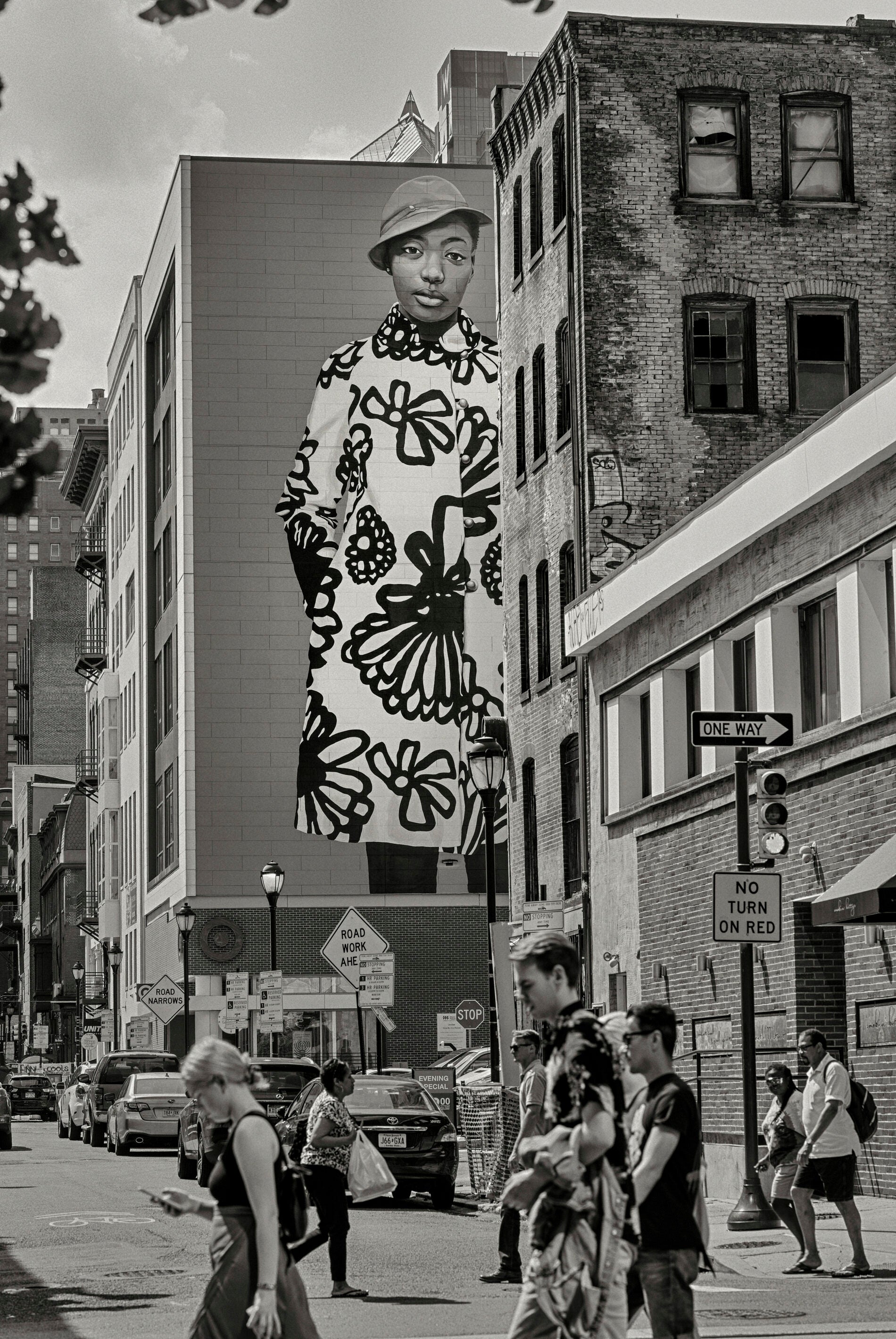
The book is also a way of not only giving back but moving forward – through good times and bad. The drive to push forward long defined my career. Early on I was told I would never succeed as a photojournalist because I lacked the formal training. I started out by going to sporting events and taking pictures for free. I was eventually hired as a freelancer for the Associated Press in Kansas City before later landing at The Philadelphia Inquirer in 1985. It was during my time at the Inquirer that I met Brian Tierney, former publisher, who generously donated his time and resources to publish In Plain Sight.
In addition to traveling the country and the world, I have been lucky to have a front-row seat to life in the city. This book is a way of sharing that view and encouraging each of us to appreciate the beauty that surrounds us.
Ed Hille is an award-winning photojournalist who spent more than three decades at The Philadelphia Inquirer as a staff photographer. He retired in 2016 after being diagnosed with Parkinson’s disease. His new book In Plain Sight: Public Art in Philadelphia explores the intersection of public art and the community, and all proceeds from the book will go toward Parkinson’s research.

Subscribe to PlanPhilly
WHYY is your source for fact-based, in-depth journalism and information. As a nonprofit organization, we rely on financial support from readers like you. Please give today.







